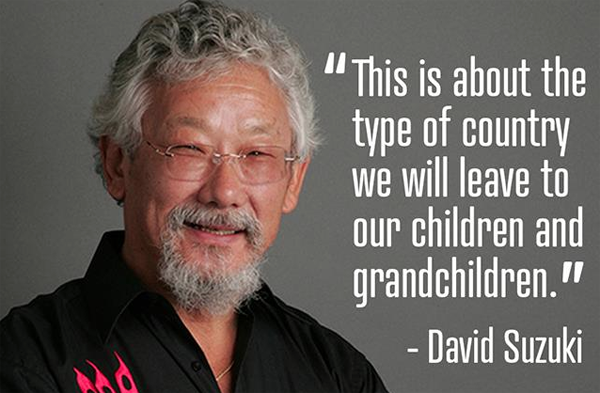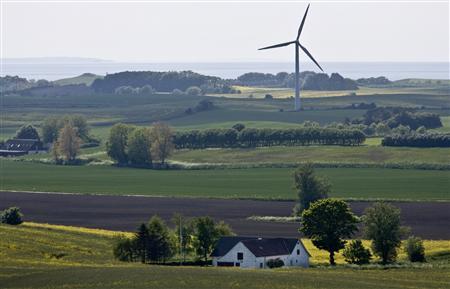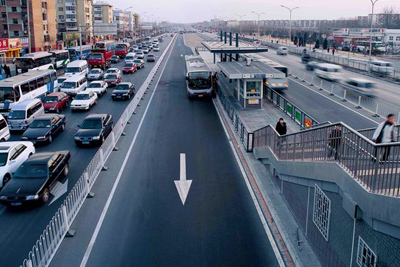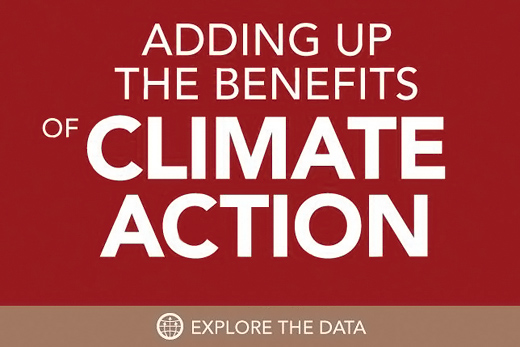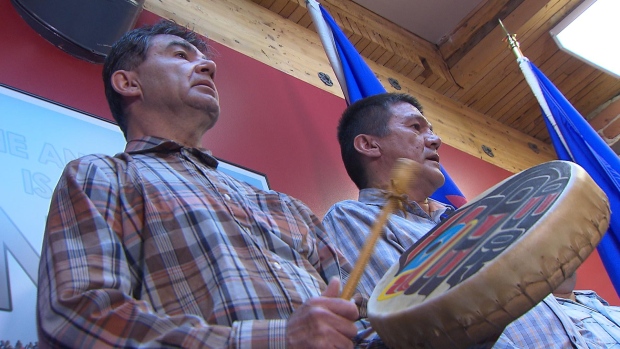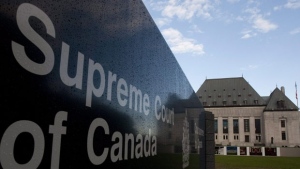
Law exempts soldiers and police from criminal responsibility if they cause injuries or deaths
By David Hill, reposted from The Guardian, June 29, 2014
Some of the recent media coverage about the fact that more than 50 people in Peru – the vast majority of them indigenous – are on trial following protests and fatal conflict in the Amazon over five years ago missed a crucial point. Yes, the hearings are finally going ahead and the charges are widely held to be trumped-up, but what about the government functionaries who apparently gave the riot police the order to attack the protestors, the police themselves, and – following Wikileaks’ revelations of cables in which the US ambassador in Lima criticized the Peruvian government’s “reluctance to use force” and wrote there could be “implications for the recently implemented Peru-US FTA” if the protests continued – the role of the US government?
The conflict broke out in northern Peru after mainly indigenous Awajúns and Wampis had been peacefully protesting a series of new laws which were supposedly emitted to comply with a trade agreement between Peru and the US and which made it easier, among other things, for extractive industries to exploit natural resources in their territories. Following a blockade of a highway near a town called Bagua – and an agreement that the protestors would break up and go home, reached the day before – early on 5 June the police moved to clear it and started shooting. In the ensuing conflict, 10 police officers, five indigenous people and five non-indigenous civilians were killed, more than 200 injured – at least 80 of whom were shot – and, elsewhere in the Bagua region, a further 11 police officers were killed after being taken hostage.
“So far only protesters have been brought to trial,” said Amnesty International in a statement marking five years since the conflict and pointing out that human rights lawyers have said there is no serious evidence linking the accused to the crimes they are being prosecuted for – which include homicide and rebellion. “[S]o far little progress has been made to determine the responsibility of the security forces. Likewise, no progress has been made to investigate the political authorities who gave the orders to launch the police operation.”
Does this desperate failure of justice not effectively constitute a “licence to kill” for the police? Maybe, maybe not, but whatever the answer Peru has now formalised that licence by emitting a law that, as the Dublin-based NGO Front Line Defenders (FLD) puts it, grants:
. . . members of the armed forces and the national police exemption from criminal responsibility if they cause injury or death, including through the use of guns or other weapons, while on duty. Human rights groups, both nationally and internationally, the Human Rights Ombudsman (Defensoria del Pueblo) as well as the UN High Commissioner for Human Rights all expressed deep concern about the law. In the words of the [Lima-based] Instituto Libertad y Democracia [IDL], the law equates, in practice, to a “licence to kill.”
That law, no. 30151, was promulgated in January this year and is, according to the IDL’s Juan José Quispe, a modification of existing legislation passed by the previous government. The modification consists of replacing three words – “en forma reglamentaria” – with another five – “u otro medio de defensa” – which Quispe says means that any soldier or police officer can now kill or injure a civilian without needing to use his or her weapon “according to regulations”, or by using something other than his or her weapon.
“We continue considering this law as one that grants the armed forces as well as the national police a licence to kill,” Quispe told the Guardian. “It permits a high degree of impunity. During the repression of social protests, police officers and soldiers who cause injuries or deaths will now be exempt from criminal responsibility.”
Quispe says that the exemption will also apply to police or soldiers who, in the fight against narco-terrorism in particular, accidentally kill civilians.
“It’s a dangerous law and constitutes a threat to everyone,” he says. “It permits the use of weapons by contravening existing law and international parameters such as the United Nations’ Principles. It gives soldiers and police officers acarte blanche to commit crimes with impunity.”
The controversial law was highlighted by the FLD in a report published this month titled “Environmental Rights Defenders at Risk in Peru.” What that report makes clear is that if you’re Peruvian and you publicly express concern about the environmental and social impacts of mining operations you can expect the following: death threats, rape threats, physical and electronic surveillance, smears and stigmatization by national mainstream media, police acting as “private security” for mining companies, confiscation or theft of equipment, “excessive use of force by police” during protests, arrest, or detention, and prosecution on charges of “rebellion, terrorism, violence, usurpation, trespassing, disobedience or resistance to an official order, obstructing public officers, abduction, outrage to national symbols, criminal damage, causing injury, coercion, disturbance or other public order offences.”
While the FLD’s report acknowledges that the “vast majority” of court proceedings have ended in acquittals or with the charges dropped, it argues that the “extraordinary use” of lawsuits constitutes an “abusive use of the judicial system” and impedes “the work of the [accused], affecting their reputation and furthering the view – often upheld by national media – that they are violent extremists. This is especially the case when accusations of terrorism, rebellion or violence are levied.” It states that almost 400 people currently face court proceedings, and cites one man as an example, Milton Sanchez Cubas, who has faced roughly 50 but never been convicted.
The FLD’s report ends with a serious of recommendations to Peru’s government, including that the “licence to kill” law is repealed.
“All documented instances of intimidation, death threats, physical attacks, surveillance, stigmatisation, smear campaigns, and judicial harassment appear to be directly related to legitimate and peaceful work,” it states, “in particular in supporting. . . local communities opposed to mining projects and their impact on their environment, territory and livelihood.” SOURCE
